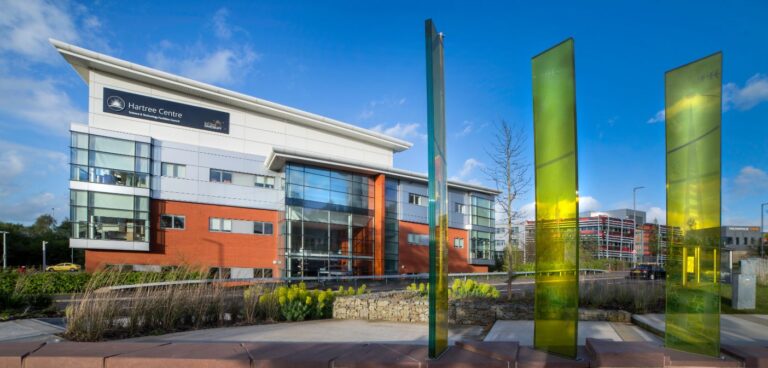A new £210m centre dedicated to AI and quantum computing research is set to help businesses adopt digital technologies.
The centre, based at the Daresbury Laboratory, in the Liverpool City region, is part of a five-year programme launching today [04 June]. It aims to give the public sector and industry access to cutting-edge computing to advance discovery and innovation.
According to the project, the new Hartree National Centre for Digital Innovation (HNCDI) will bring together world-leading expertise with AI and quantum computing technology.
The joint centre with UK’s Science and Technology Facilities Council (STFC) and IBM, hybrid cloud and AI company, will be housed within STFC’s Hartree Centre.
Furthermore, the UK government, via UK Research and Innovation, has agreed to invest £172m over five years, met with a £38m contribution from IBM.
Science minister, Amanda Solloway, said: “Artificial intelligence and quantum computing have the potential to revolutionise everything from the way we travel to the way we shop.
“They are exactly the kind of fields I want the UK to be leading in, and this new centre in the North West is a big step towards that.
“Thanks to this fantastic new partnership with IBM, British businesses will have access to the kind of infrastructure and expertise that will help them boost innovation and grow the economy – essential as we build back better from the pandemic.”
The HNCDI is designed to reduce the risk for UK businesses in adopting digital technologies, such as AI. It will assist in providing access to infrastructure, and fill the digital skills gap within organisations.
Mark Thomson, executive chair of STFC, added: “The HNCDI programme will foster discovery and provide a stimulus for industry innovation in the UK.
“By allowing industry to access a ready-made community of digital experts and cutting-edge technology, it will provide momentum for new ideas and solutions.
“This programme has the potential to transform the way UK industry engages with AI and digital technologies, to the benefit of not just research communities but all of society.”








